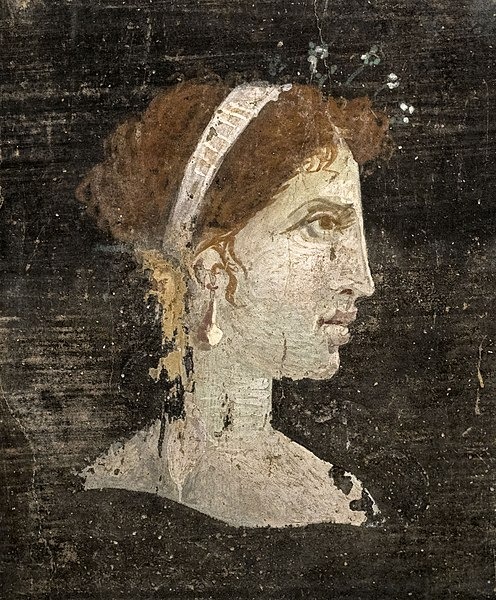Once believed to have hosted the Ptolemaic queen of Egypt herself, the Cleopatra Pools – also known as the Pamukkale Antique Pool – is a popular tourist attraction in modern-day Turkey.
The Cleopatra Pools are located in what was once the ancient Greek city of Hierapolis. Due to the thermal springs there, the location drew a variety of ancient peoples to settle in the area, including the Phrygians, Greeks, and Romans.
Sometime in the 13th century, the ancient city was abandoned, and its splendid ruins remained largely unknown until excavations began in the 19th century. Nowadays, as in antiquity, the thermal springs attract thousands of visitors looking to relax in the waters.
Ancient Hierapolis
The site of the Cleopatra Pools and surrounding thermal springs appears to have been settled by the Phyrgians around the first half of the 7th century BC, when they built a temple to the goddess Cybele.
When Greek colonists settled in the area, they assimilated the pre-established religious practices with their own. Due to the release of toxic gasses from a hot spring inside a cave, the Greeks may have associated the site with the god Hades and the underworld.
The city of Hierapolis flourished in the area during the 2nd century BC, under the rule of the Seleucid Empire, one of the Hellenistic successor states to Alexander the Great’s short-lived empire.
After the battle of Magnesia in 190 BC, the city came under the control of Pergamon, another ancient Greek power in Asia Minor. In 133 BC, Hierapolis was bequeathed to Rome, along with the Pergamon itself after the death of its final ruler Attalus III.
The Romans, like previous peoples with an established presence in the area, were keen to take advantage of the thermal springs around Hierapolis, such as the ones now known as Cleopatra’s Pools. Cleopatra may have swum there when the region was administered by Mark Anthony as part of the Second Triumvirate.
Cleopatra’s Pools
Today, Cleopatra’s Pools are popular with visitors who wish to take advantage of the purported therapeutic benefits of the mineral-rich waters. In this way, the lasting appeal of the springs at Hierapolis has changed little in over 2,000 years.
According to TripAdvisor, “The warm mineral-rich “champagne water” that fills the pool sits just under 100°F and is believed to have therapeutic healing properties.”
The site itself is also unique visually, complete with the remnants of ancient columns and the shade of surrounding palm trees.
The Last Ptolemaic Queen of Egypt
Cleopatra VII Philopator is today the most famous ruler of the Ptolemaic Dynasty and was the final member of the family to rule Egypt before it was annexed by the Romans.
Upon coming to power, Cleopatra soon found herself in a precarious political position. Relations between Cleopatra and her brother and co-ruler Ptolemy XIII broke down so severely that a civil war erupted between the two.
The Roman general Julius Caesar was drawn into the conflict and eventually sided with Cleopatra with whom he was having an affair. In 47 BC Ptolemy XIII was defeated and killed at the Battle of the Nile and Cleopatra’s position in Egypt was secured.
Cleopatra had a child with Caesar named Caesarion who was born in the same year of the Battle of the Nile. He would go on to rule as the last Ptolemaic pharaoh of Egypt as a co-ruler with his mother.

Caesar was assassinated in 44 BC, depriving Cleopatra of a powerful ally in Rome. However, she was able to ally herself with the Second Triumvirate of Rome who went to war and defeated Caesar’s assassins.
In 41 BC, Cleopatra had an affair with one of the Roman triumvirs, Mark Anthony. When Mark Anthony and his fellow triumvir Octavian went to war in 32 BC, the Ptolemaic Kingdom was dragged into the Roman civil war, with Cleopatra supporting her lover Mark Anthony.
In 31 BC, Octavian won a decisive victory at sea during the Battle of Actium, which effectively sealed Anthony and Cleopatra’s fates. By 30 BC, defeat was inevitable and the pair committed suicide.
Thus Octavian, who would become the first Roman emperor, Augustus Caesar, brought Egypt under Roman rule, and Ptolemaic Egypt was no more.
The details of Caesarion’s death are sketchy, but he was most likely executed on the orders of Octavian. Octavian styled himself as an heir of Caesar and allowing the alleged love child of the late Roman dictator to live could have threatened his position. Murdering the 17-year-old son of Cleopatra would have removed this threat.


